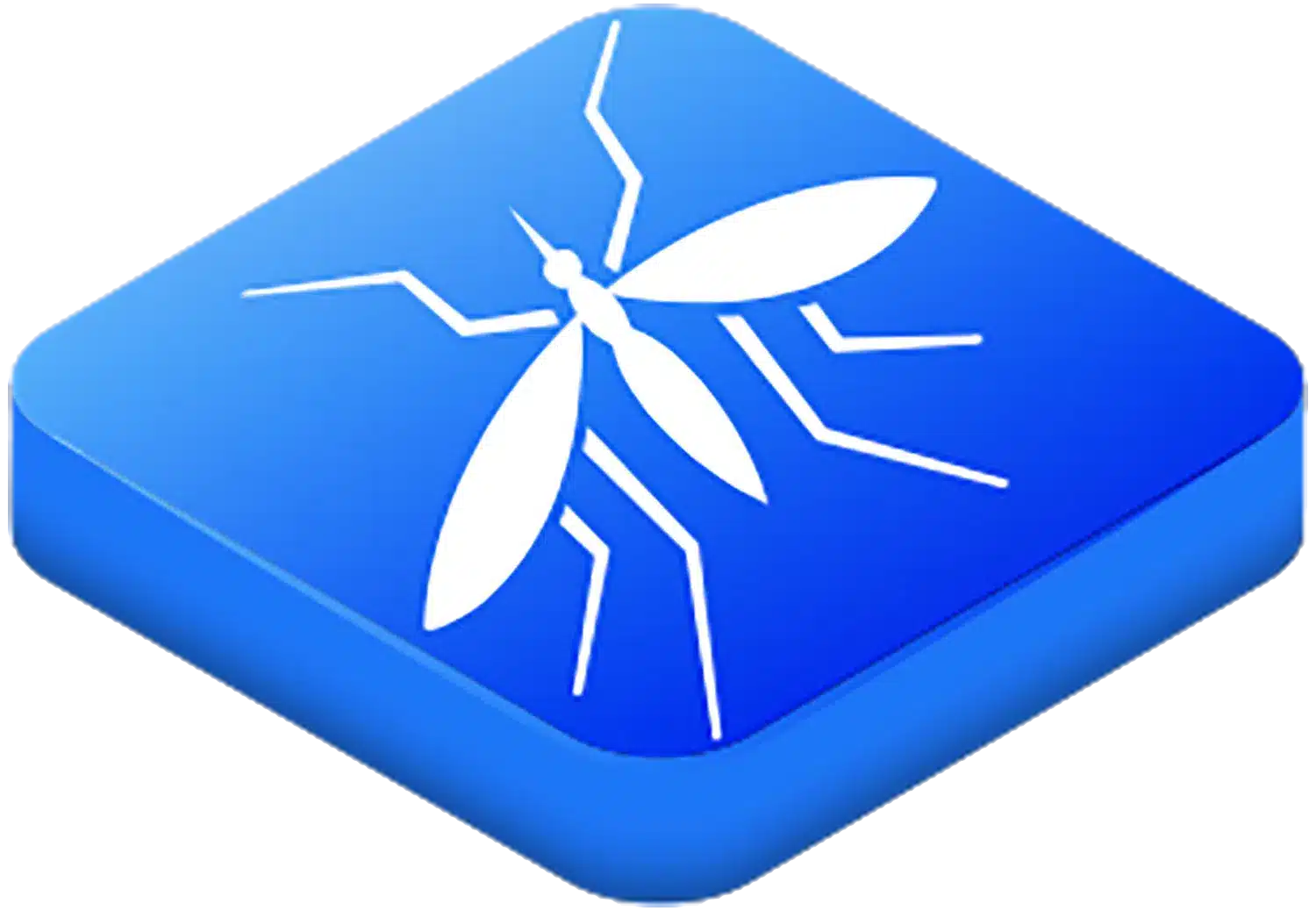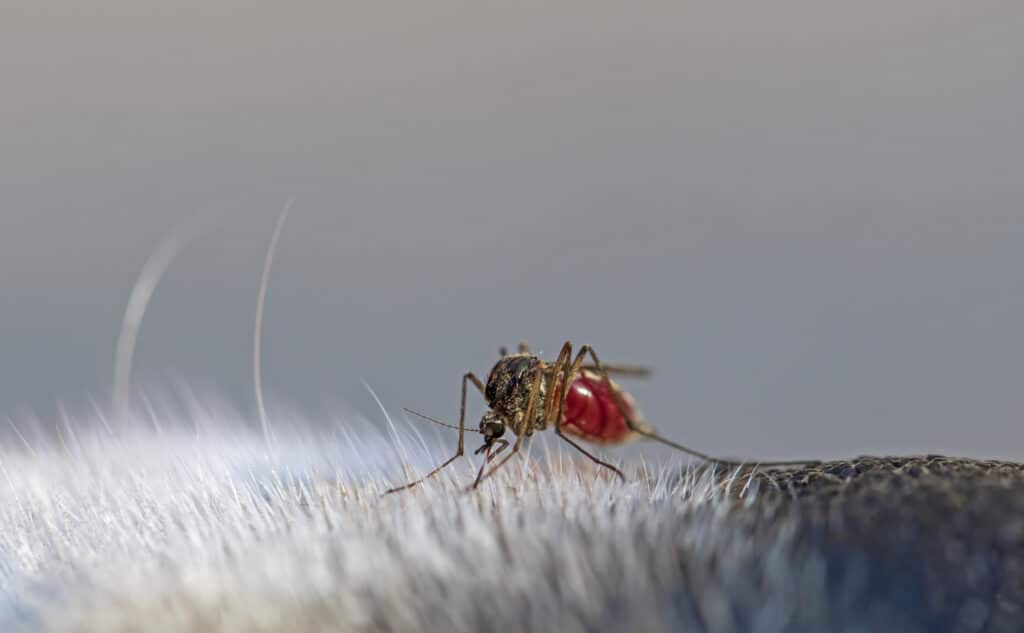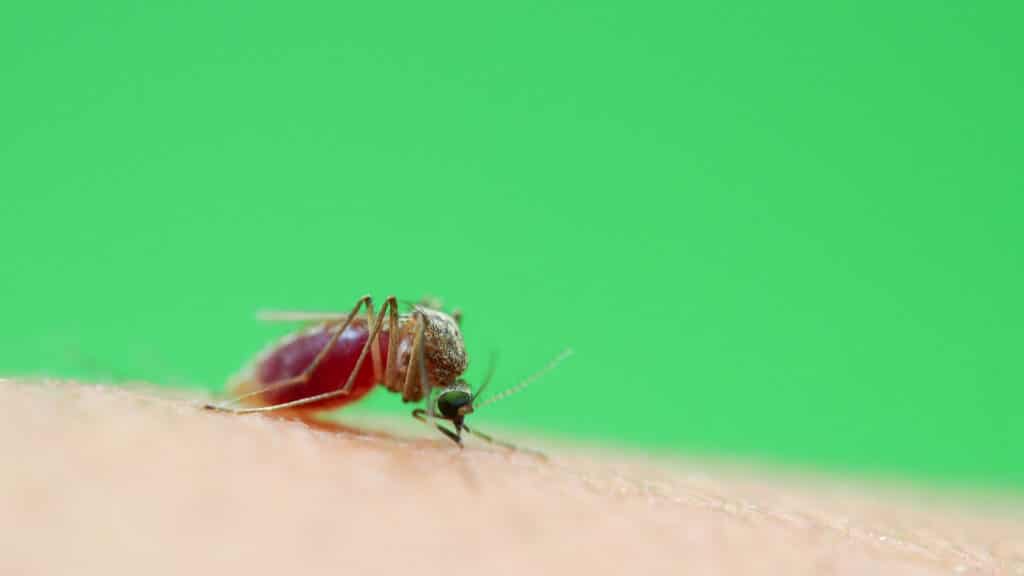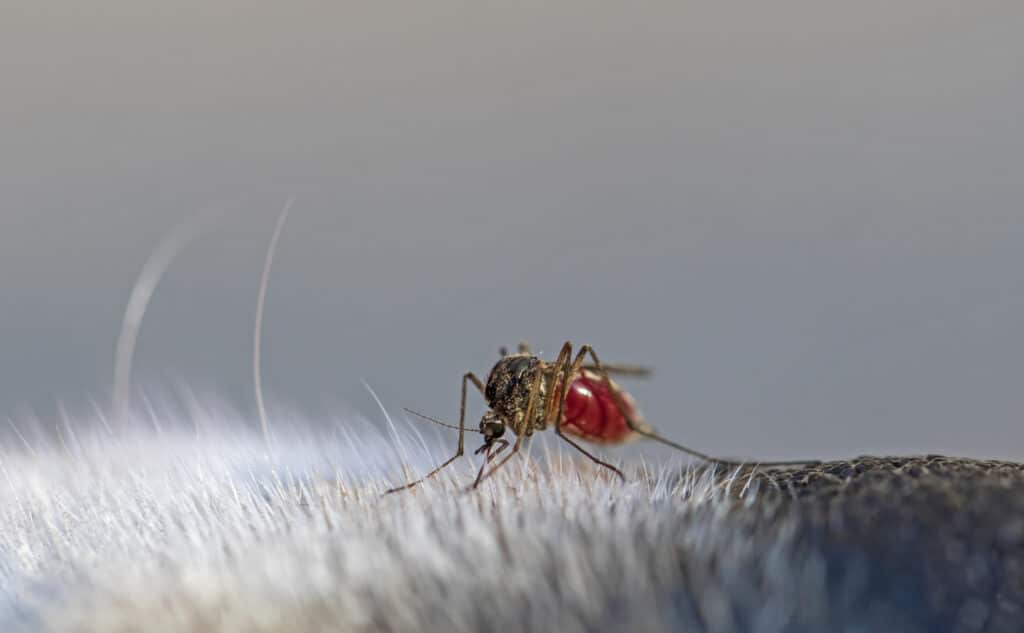
Types of Mosquitoes in Tennessee: Pest Identification Guide
Tennessee is home to several species of mosquitoes that can pose health risks and disrupt outdoor activities. While there are over 3,000 mosquito species worldwide, Tennessee residents primarily encounter three common types: the House Mosquito, Asian Tiger Mosquito, and Yellow Fever Mosquito.
- Active Season: Spring through fall, most active during warm months
- Breeding Grounds: Standing water, including puddles, bird baths, and flower pots
- Feeding Time: Varies by species (daytime or dusk/dawn)
- Lifespan: 2-4 weeks for adults; complete lifecycle from egg to adult in 10-14 days
- Health Concerns: Potential carriers of West Nile virus, Eastern equine encephalitis, and other diseases

Types of Mosquitoes in Tennessee

House Mosquito (Culex)
The House Mosquito is the most common mosquito species throughout Tennessee and the broader United States.
- Appearance: Light brown body with white stripes
- Size: Medium-sized mosquito, approximately 4-10mm in length
- Behavior: Active primarily during evening and night hours
- Breeding Sites: Extremely attracted to standing water for egg-laying
- Reproduction: Females lay rafts of 50-400 eggs that take 10-14 days to hatch
- Disease Risk: Primary vector for West Nile virus and St. Louis encephalitis
- Seasonality: Active throughout warm months, peaks in mid-to-late summer

Asian Tiger Mosquito (Aedes Albopictus)
The Asian Tiger Mosquito is a distinctive and aggressive species that has become well-established in Tennessee.
- Appearance: Black body with bright white stripes on legs and body, resembling a tiger
- Size: Small to medium-sized, approximately 2-10mm in length
- Behavior: Daytime feeder, particularly active during early morning and late afternoon
- Breeding Sites: Breeds in small containers of water, even as small as a bottle cap
- Reproduction: Females lay eggs individually along the waterline of containers
- Disease Risk: Can transmit dengue, chikungunya, and Zika viruses
- Seasonality: Arrives earlier in spring and remains active until late fall
- Distinctive Trait: Highly aggressive biter, will pursue hosts persistently

Yellow Fever Mosquito (Aedes Aegypti)
The Yellow Fever Mosquito has significant historical importance due to its role in disease transmission.
- Appearance: Dark brown to black with white lyre-shaped markings on its thorax
- Size: Small to medium-sized, approximately 4-8mm in length
- Behavior: Primarily bites during daylight hours, especially early morning and evening
- Breeding Sites: Prefers clean water in artificial containers close to human habitation
- Reproduction: Similar breeding patterns to the Asian Tiger Mosquito
- Disease Risk: Primary vector for yellow fever, dengue, chikungunya, and Zika viruses
- Historical Impact: Caused more U.S. troop casualties during the Spanish-American War than combat
- Current Status: Population has declined in many areas due to competition from Asian Tiger Mosquito

